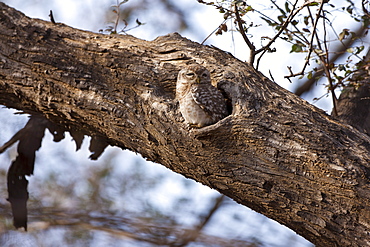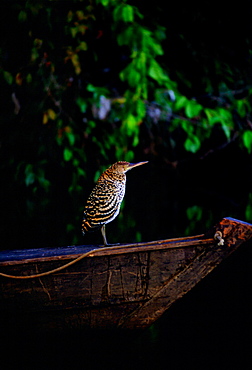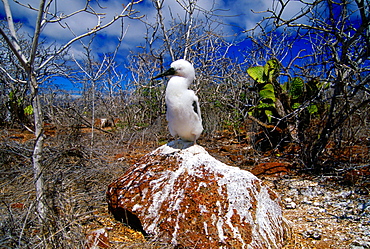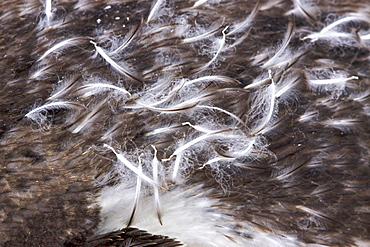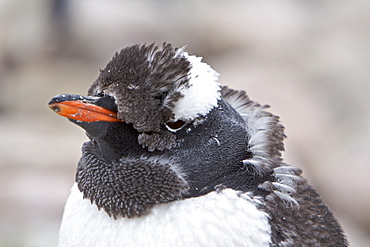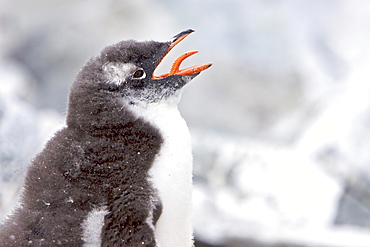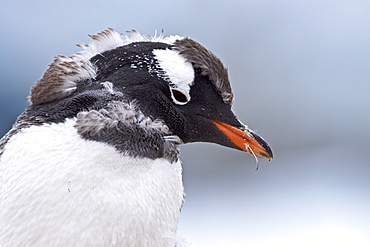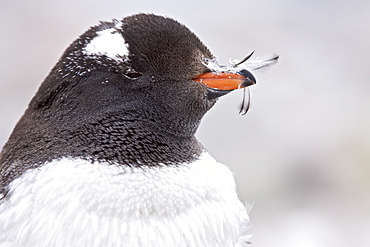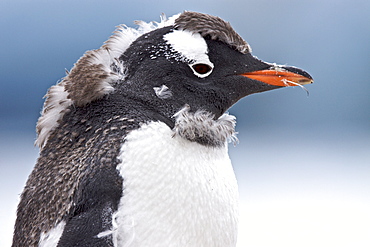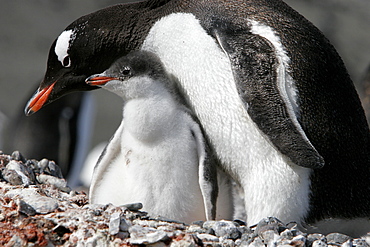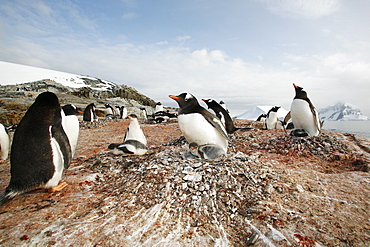Results
34 results found

Close-up of a juvenile black-crowned night heron (Nycticorax nycticorax falklandicus), Sea Lion Island, Falkland Islands, South Atlantic, South America
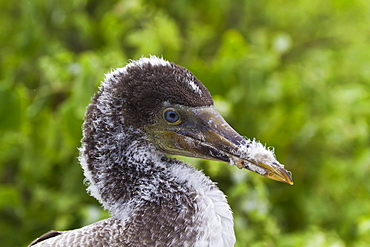
Nazca booby (Sula grantii) chick, Punta Suarez, Santiago Island, Galapagos Islands, Ecuador, South America

Juvenile puffin (Fratercula arctica) on the water near the island of Bolscheoya in the Svalbard Archipelago, Norway, Arctic, Europe
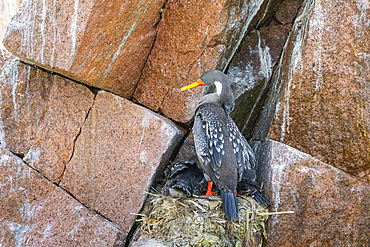
Nesting Red-legged Cormorant (Poikilocarbo gaimardi) with chicks, Ballestas Islands, Paracas, Peru, South America
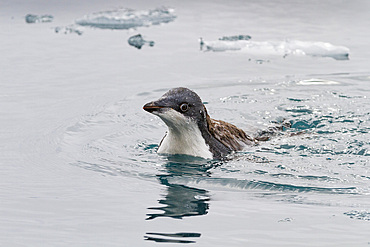
First year Adelie penguin (Pygoscelis adeliae) chick at breeding colony at Brown Bluff, Antarctica, Polar Regions
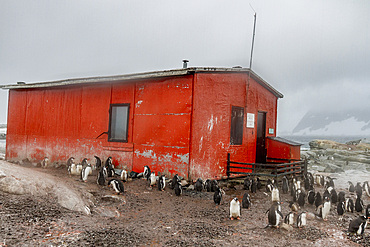
Gentoo penguin (Pygoscelis papua) breeding colony, outside refuge hut, at Petermann Island, Antarctica, Southern Ocean, Polar Regions
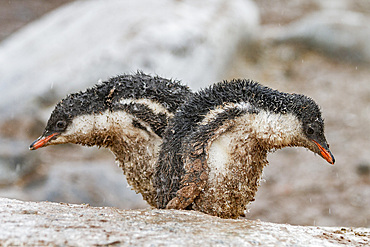
Gentoo penguin (Pygoscelis papua) chicks covered with mud and guano on Cuverville Island, Antarctica, Southern Ocean, Polar Regions
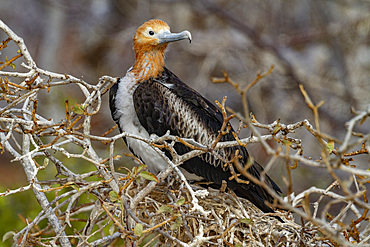
Juvenile great frigatebird (Fregata minor) in the Galapagos Island Archipelago, UNESCO World Heritage Site, Ecuador, South America
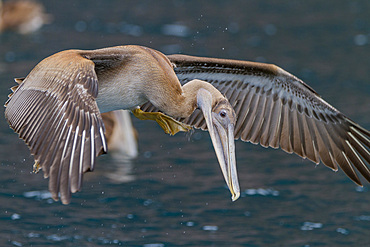
Juvenile Galapagos brown pelican (Pelecanus occidentalis urinator), smallest species of pelican worldwide, feeding in the Galapagos Island Archipelago, UNESCO World Heritage Site, Ecuador, South America
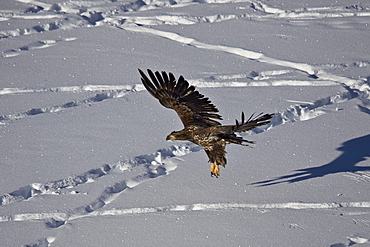
Juvenile golden eagle (Aquila chrysaetos) in flight over snow in the winter, Yellowstone National Park, Wyoming, United States of America, North America
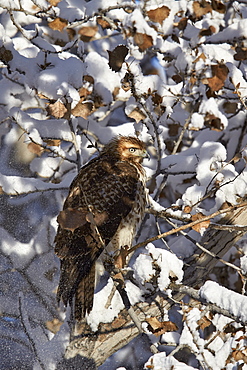
Red-tailed hawk (Buteo jamaicensis) juvenile in a snow-covered tree, Bosque del Apache National Wildlife Refuge, New Mexico, United States of America, North America
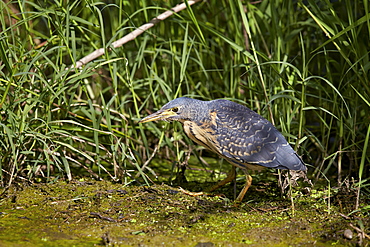
Green-backed heron (striated heron) (Butorides striatus), immature, Ngorongoro Crater, Tanzania, East Africa, Africa
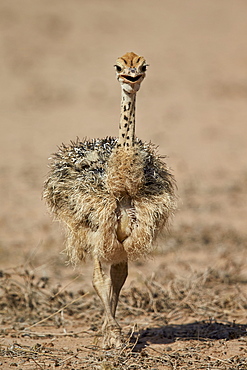
Common ostrich (Struthio camelus) chick, Kgalagadi Transfrontier Park, encompassing the former Kalahari Gemsbok National Park, South Africa, Africa
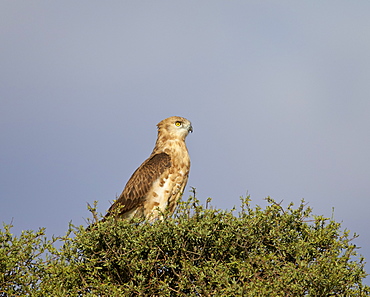
Black-breasted snake eagle (black-chested snake eagle) (Circaetus pectoralis), immature, Kgalagadi Transfrontier Park encompassing the former Kalahari Gemsbok National Park, South Africa, Africa
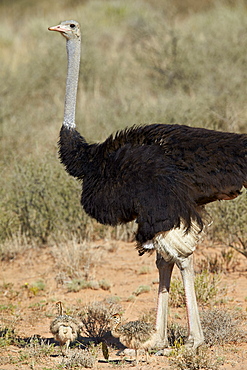
Common ostrich (Struthio camelus) male with two chicks, Kgalagadi Transfrontier Park encompassing the former Kalahari Gemsbok National Park, South Africa, Africa
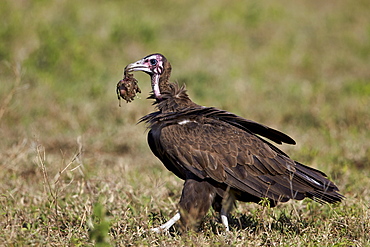
Hooded vulture (Necrosyrtes monachus) in mixed juvenile and adult plumage with a prize from a wildebeest kill, Ngorongoro Conservation Area, UNESCO World Heritage Site, Serengeti, Tanzania, East Africa, Africa
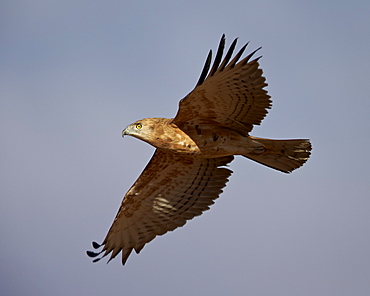
Black-breasted snake eagle (black-chested snake eagle) (Circaetus pectoralis) in flight, immature, Kgalagadi Transfrontier Park, encompassing the former Kalahari Gemsbok National Park, South Africa, Africa
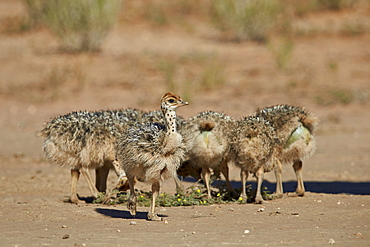
Common ostrich (Struthio camelus) chicks, Kgalagadi Transfrontier Park encompassing the former Kalahari Gemsbok National Park, South Africa, Africa
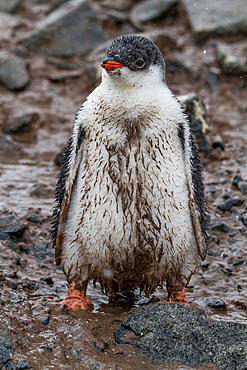
Gentoo penguin (Pygoscelis papua) chick at Jougla Point, Wiencke Island, Antarctica, Southern Ocean, Polar Regions
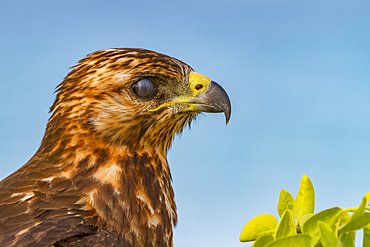
Young Galapagos hawk (Buteo galapagoensis) in the Galapagos Island Archipelago, UNESCO World Heritage Site, Ecuador, South America
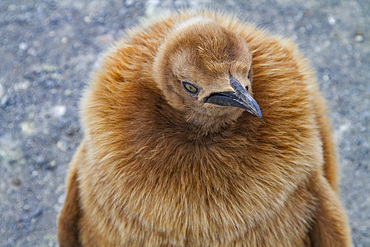
King penguin (Aptenodytes patagonicus) in downy plumage (okum boys) on South Georgia Island, Polar Regions
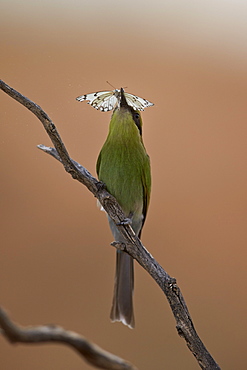
Swallow-tailed bee-eater (Merops hirundineus), juvenile with a butterfly, Kgalagadi Transfrontier Park encompassing the former Kalahari Gemsbok National Park, South Africa, Africa
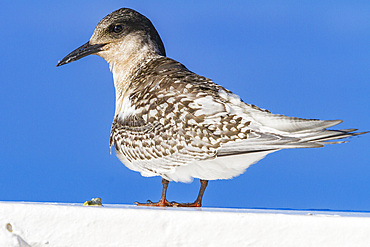
Juvenile Antarctic tern (Sterna vittata) resting on ship's rail near Tristan da Cunha, South Atlantic Ocean
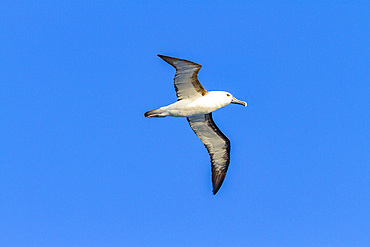
Adult yellow-nosed albatross (Thalassarche chlorohynchos) in flight near the Tristan da Cunha Group, South Atlantic Ocean

Black-browed albatross (Thalassarche melanophrys) chick on the nest at nesting site on New Island, Falklands, South America

Black-browed albatross (Thalassarche melanophrys) chick on the nest at nesting site on New Island, Falklands, South America
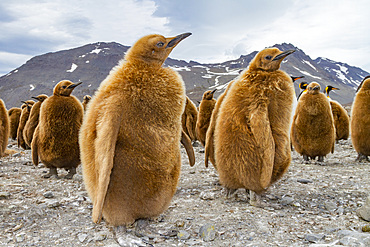
King penguins (Aptenodytes patagonicus) in downy plumage (okum boys) on South Georgia Island, Polar Regions

Common ostrich (Struthio camelus) female with two chicks, Kgalagadi Transfrontier Park encompassing the former Kalahari Gemsbok National Park, South Africa, Africa
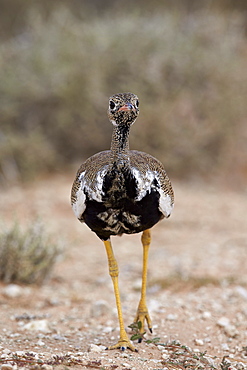
Northern black korhaan (Eupodotis afraoides), immature male, Kgalagadi Transfrontier Park encompassing the former Kalahari Gemsbok National Park, South Africa, Africa
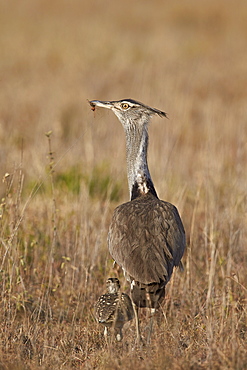
Kori bustard (Ardeotis kori) adult and ckick, Ngorongoro Conservation Area, Tanzania, East Africa, Africa

Juvenile gray-crowned rosy-finch (Leucosticte tephrocotis), Glacier National Park, Montana, United States of America, North America
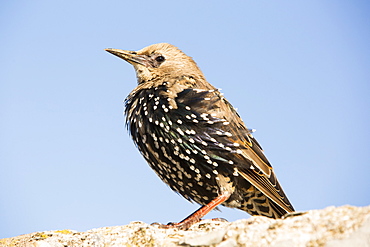
A Common Starling, Sturnus vulgaris in Seahouses, Northumberland, UK, moulting from Juvenile to adult plumage.
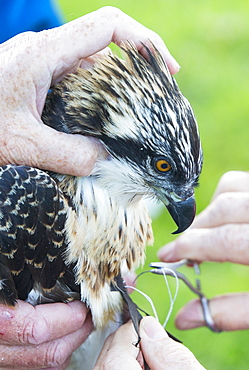
On Friday 11th July 2014, the Young Ospreys that nest on Bassenthwaite in the Lake District National Park, Cumbria, UK, are ringed and fitted with a satelite tracker. they are ringed by Pete Davis, a licensed bird ringer, and the satelite tracker is fitred by Roy Dennis. Roy is theonly person in the UK, licensed to fit satelite trackers to birds of prey. The tracing is part of the Bassenthwaite Osprey project, to see whereabouts in Africa the young migrate to, before returning hopefully to the UK to nest.Ospreys recolonized the Lake district in 2001, after an absence ovf over 150 years. In the last fourteen years of breeding over half a million people have visited the project to view these spectacular fish eating birds.
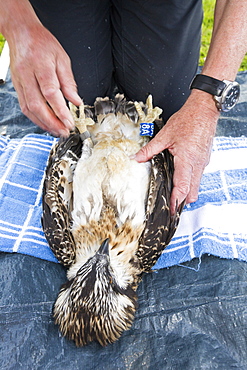
On Friday 11th July 2014, the Young Ospreys that nest on Bassenthwaite in the Lake District National Park, Cumbria, UK, are ringed and fitted with a satelite tracker. they are ringed by Pete Davis, a licensed bird ringer, and the satelite tracker is fitred by Roy Dennis. Roy is theonly person in the UK, licensed to fit satelite trackers to birds of prey. The tracing is part of the Bassenthwaite Osprey project, to see whereabouts in Africa the young migrate to, before returning hopefully to the UK to nest.Ospreys recolonized the Lake district in 2001, after an absence ovf over 150 years. In the last fourteen years of breeding over half a million people have visited the project to view these spectacular fish eating birds.
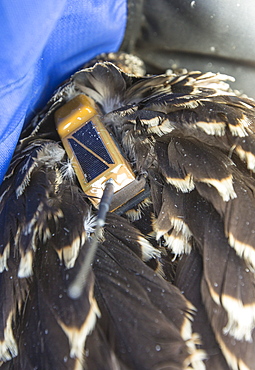
On Friday 11th July 2014, the Young Ospreys that nest on Bassenthwaite in the Lake District National Park, Cumbria, UK, are ringed and fitted with a satelite tracker. they are ringed by Pete Davis, a licensed bird ringer, and the satelite tracker is fitred by Roy Dennis. Roy is theonly person in the UK, licensed to fit satelite trackers to birds of prey. The tracing is part of the Bassenthwaite Osprey project, to see whereabouts in Africa the young migrate to, before returning hopefully to the UK to nest.Ospreys recolonized the Lake district in 2001, after an absence ovf over 150 years. In the last fourteen years of breeding over half a million people have visited the project to view these spectacular fish eating birds.
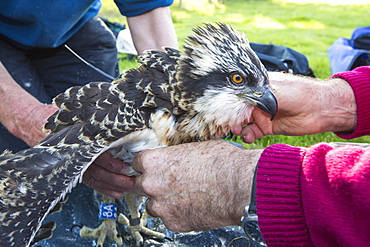
On Friday 11th July 2014, the Young Ospreys that nest on Bassenthwaite in the Lake District National Park, Cumbria, UK, are ringed and fitted with a satelite tracker. they are ringed by Pete Davis, a licensed bird ringer, and the satelite tracker is fitred by Roy Dennis. Roy is theonly person in the UK, licensed to fit satelite trackers to birds of prey. The tracing is part of the Bassenthwaite Osprey project, to see whereabouts in Africa the young migrate to, before returning hopefully to the UK to nest.Ospreys recolonized the Lake district in 2001, after an absence ovf over 150 years. In the last fourteen years of breeding over half a million people have visited the project to view these spectacular fish eating birds.

Gentoo penguin (Pygoscelis papua) parent with two downy chicks on Pleneau Island, near the Antarctic Peninsula.

Adelie penguin chick (Pygoscelis adeliae) fledging its downy feathers for the adult feathers underneath on Devil Island, Antarctica.
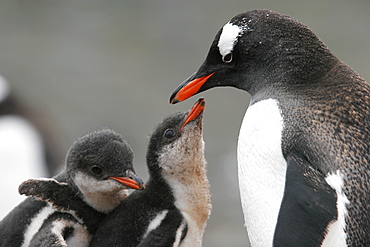
Gentoo penguin (Pygoscelis papua) parent feeding chicks on Petermann Island near the Antarctic Peninsula.
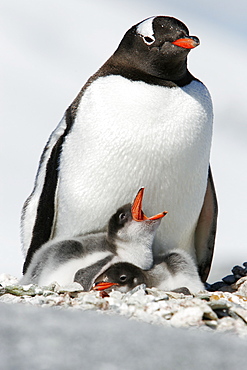
Gentoo penguin (Pygoscelis papua) parent with two downy chicks on Pleneau Island, near the Antarctic Peninsula.
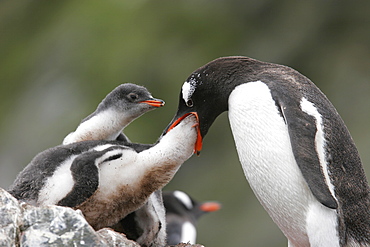
Gentoo penguin (Pygoscelis papua) parent feeding chick on Petermann Island near the Antarctic Peninsula.
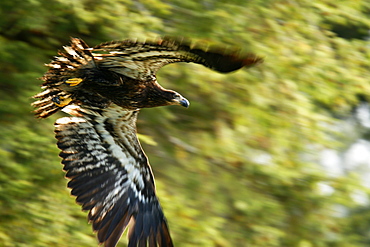
Juvenile bald eagle (Haliaeetus leucocephalus) in flight in Takatz Bay on Baranof Island, Southeast Alaska, USA

Gentoo penguin (Pygoscelis papua) parent feeding downy chick on Pleneau Island, near the Antarctic Peninsula.
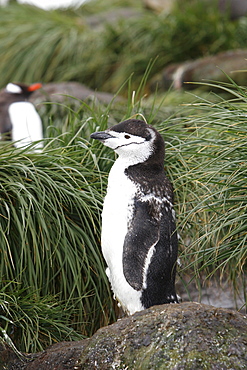
A lone molting adult chinstrap penguin (Pygoscelis antarctica) in tussock grass on Prion Island in the Bay of Isles near South Georgia Island, South Atlantic Ocean.
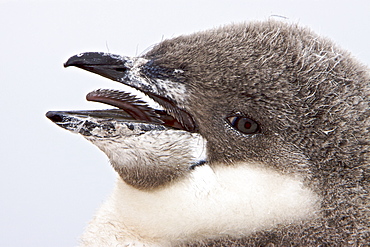
Chinstrap penguin (Pygoscelis antarctica) chick head detail at colony on Useful Island near the Antarctic Peninsula. There are an estimated 2 million breeding pairs of chinstrap penguins in the Antarctic peninsula region alone, perhaps as many as 7.5 million breeding pairs in all of Antarctica. Their name derives from the narrow black band under their heads which makes it appear as if they are wearing black helmets, making them one of the most easily identified types of penguin. Other names for them are "Ringed Penguins", "Bearded Penguins", and "Stonecracker Penguins" due to their harsh call. They grow to 68 cm (27 in). The average adult weight of a Chinstrap Penguin is 4.5 kg (10 lbs). Weight can range from 3 to 6 kg (6.6-13.2 lbs), with males being slightly larger and weight varying based on where the penguin is in the breeding cycle. Their diet consists of krill, shrimp, and fish. On land they build circular nests from stones, and lay two eggs, which are incubated by both the male and the female for shifts of five to ten days. They can also breed on icebergs, though they prefer non-icy conditions. The chicks hatch after about 35 days, and have fluffy gray backs and white fronts. The chicks stay in the nest for 20?30 days before they go to join a creche. At around 50?60 days old, they moult, gaining their adult plumage and go to sea. The Chinstrap Penguin was first described by German naturalist Forster in 1781. Its specific epithet was often seen as antarctica, however a 2002 review determined the genus Pygoscelis was masculine, and hence the correct binomial name is Pygoscelis antarcticus.

Gentoo penguin (Pygoscelis papua) parent with downy chick on Petermann Island, near the Antarctic Peninsula.
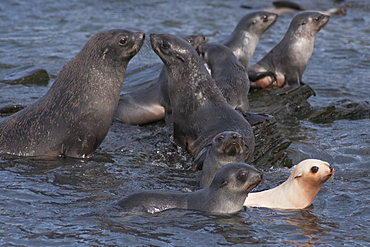
Leucistic Antarctic Fur Seal pup, Arctocephalus gazella, amongst normally coloured animals, South Georgia, South Atlantic Ocean. Leucism is a general term for the phenotype resulting from defects in pigment cell differentiation and/or migration from the neural crest to skin, hair or feathers . This results in either the entire surface or patches of the body surface having a lack of cells capable of making pigment.
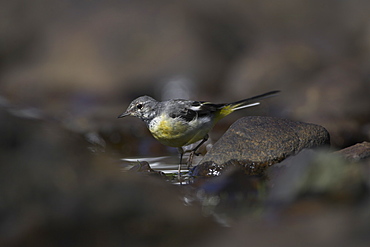
Grey Wagtail (Motacilla cinerea) with some juvenille plumage walking through water. Wagtails search for food along the shores of the loch in amongst the rocks, sometimes pausing to asses the situation.. Argyll, Scotland
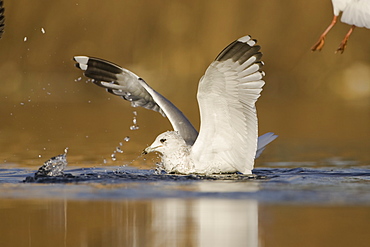
Herring Gull (Larus argentatus) juvenile taking off from pond with winter plumage . Maryhill Canal, Strathclyde, Scotland, UK
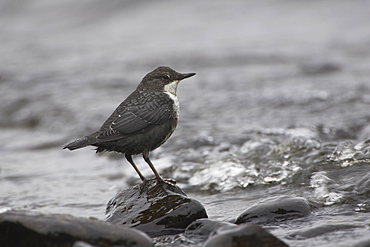
Juvenile Dipper (Cinclus cinclus) on rocks feeding in the waves of Loch Awe. Dippers feed on insects underneath rocks in the water and even on stormy days like this one can feed right amongst the waves. Juvenile Dippers have more dappled feathers than Adults. . Argyll, Scotland
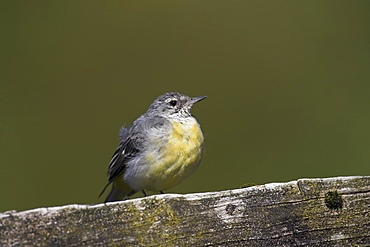
Grey Wagtail (Motacilla cinerea) with some juvenille plumage sitting on submerged fence post. Wagtails like perches over the water to preen and rest.. Argyll, Scotland
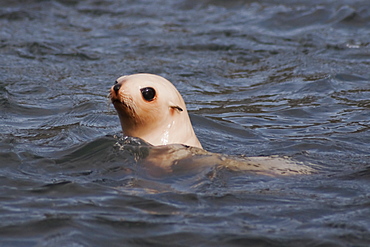
Leucistic Antarctic Fur Seal pup, Arctocephalus gazella, South Georgia, South Atlantic Ocean. Leucism is a general term for the phenotype resulting from defects in pigment cell differentiation and/or migration from the neural crest to skin, hair or feathers . This results in either the entire body surface or patches of the body surface having a lack of cells capable of making pigment.

Black Headed Gull (Larus ridibundas) and Herring Gull (Larus argentatus) juvenile taking off from pond with winter plumage . Maryhill Canal, Strathclyde, Scotland, UK
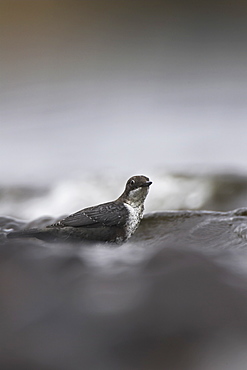
Juvenile Dipper (Cinclus cinclus) on rocks feeding in the waves of Loch Awe. Dippers feed on insects underneath rocks in the water and even on stormy days like this one can feed right amongst the waves. Juvenile Dippers have more dappled feathers than Adults. . Argyll, Scotland
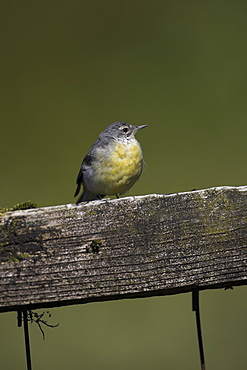
Grey Wagtail (Motacilla cinerea) with some juvenille plumage sitting on submerged fence post. Wagtails like perches over the water to preen and rest.. Argyll, Scotland
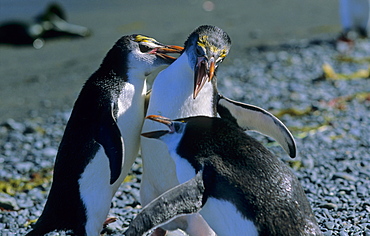
Fighting young Royal Penguins (Eudyptes Schlegeli). Sandy Bay, Macquarie Island, Subantarctic Australia.
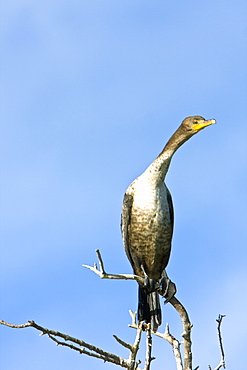
Juvenile double-crested cormorant (Phalacrocorax auritus) in Magdalena Bay between Isla Magdalena and the Baja Peninsula, Baja California Sur, Mexico. Note the light chest and neck in juveniles.
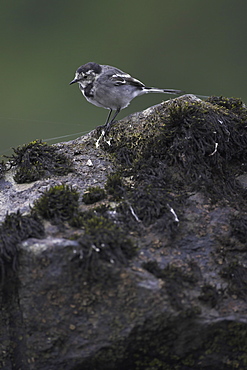
Pied Wagtail (Motacilla alba ssp yarellii) looking for food on a rock in the water. Pied Wagtails will scurry along the rocks on the banks of Loch Awe searching for insects. Argyll, Scotland
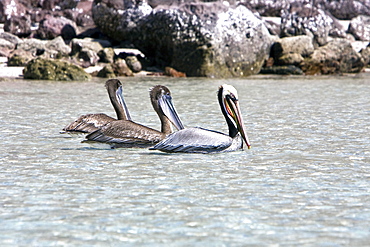
Two juvenile brown pelicans (Pelecanus occidentalis) behind an adult in the lower Gulf of California (Sea of Cortez), Mexico. Note the uniform drab brown coloration of the juvenile plumage.
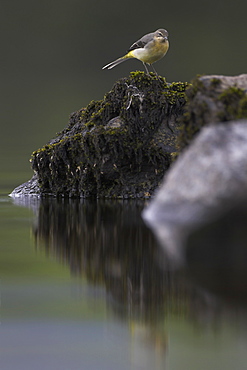
Grey Wagtail (Motacilla cinerea) with some juvenille plumage amongst rocks. Wagtails search for food along the shores of the loch in amongst the rocks, sometimes pausing to asses the situation.. Argyll, Scotland

Juvenile bald eagle (Haliaeetus leucocephalus) in flight in Takatz Bay on Baranof Island, Southeast Alaska, USA

Chinstrap penguin (Pygoscelis antarctica) parents with chick high on the caldera rim on Deception Island, Antarctica.
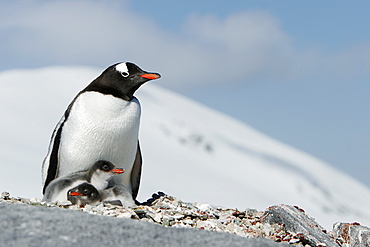
Gentoo penguin (Pygoscelis papua) parent with two downy chicks on Pleneau Island, near the Antarctic Peninsula.
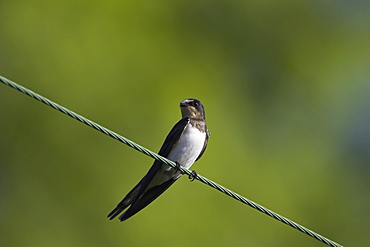
Juvenille Swallow (Hirundo rustica) preening on power lines and cables. Swallows often perch on power lines and telephone cables, calling, resting and preening.. Argyll, Scotland

Gentoo penguin (Pygoscelis papua) parent with chick on nest on Petermann Island near the Antarctic Peninsula.

Gentoo penguin (Pygoscelis papua) parent feeding downy chick on Jougla Point, Wiencke Island, near the Antarctic Peninsula.
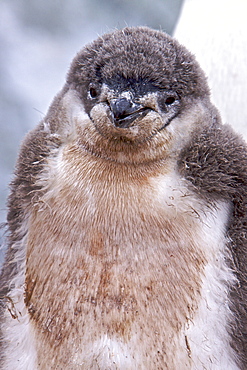
Guano-covered chinstrap penguin (Pygoscelis antarctica) chick at breeding colony on Useful Island near the Antarctic Peninsula
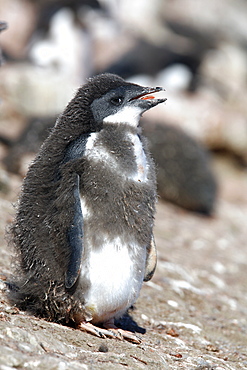
Adelie penguin (Pygoscelis adeliae) chick molting its downy feathers with adult plumage beneath on Devil Island near the Antarctic Peninsula.
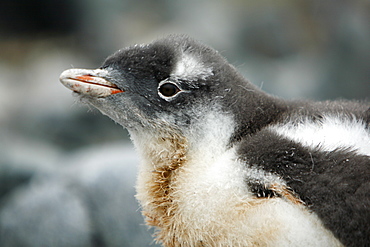
Gentoo penguin (Pygoscelis papua) downy chick on Jougla Point, Wiencke Island, near the Antarctic Peninsula.

Gentoo penguin (Pygoscelis papua) parent feeding downy chick on Pleneau Island, near the Antarctic Peninsula.
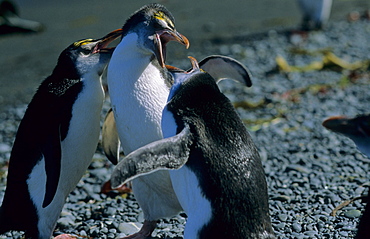
Fighting young Royal Penguins (Eudyptes Schlegeli). Sandy Bay, Macquarie Island, Subantarctic Australia.
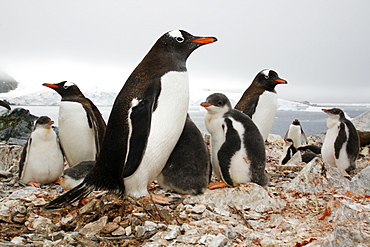
Gentoo penguin (Pygoscelis papua) parents with downy chicks on Petermann Island, near the Antarctic Peninsula.
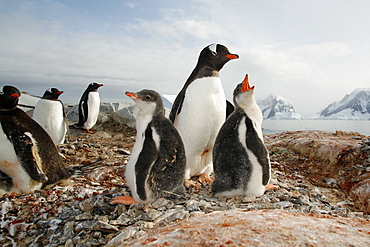
Gentoo penguin (Pygoscelis papua) parent with downy chicks on Petermann Island, near the Antarctic Peninsula.

Chinstrap penguin (Pygoscelis antarctica) parent and chick at breeding colony on Useful Island near the Antarctic Peninsula
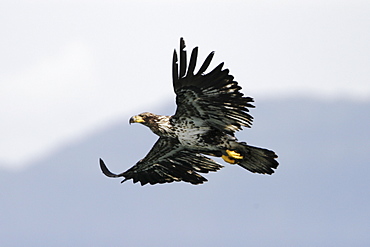
A juvenile American Bald Eagle (Haliaeetus leucocephalus) in flight over Chatham strait, Southeast Alaska, USA. Pacific Ocean.

Gentoo penguin (Pygoscelis papua) parent with downy chick on Pleneau Island, near the Antarctic Peninsula.
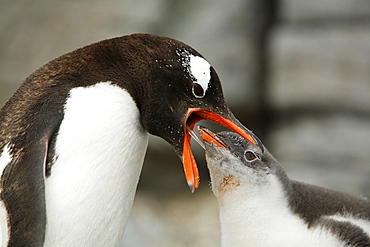
Gentoo penguin (Pygoscelis papua) parent feeding downy chick on Jougla Point, Wiencke Island, near the Antarctic Peninsula.
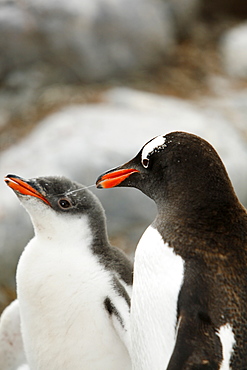
Gentoo penguin (Pygoscelis papua) parent feeding downy chick on Jougla Point, Wiencke Island, near the Antarctic Peninsula.
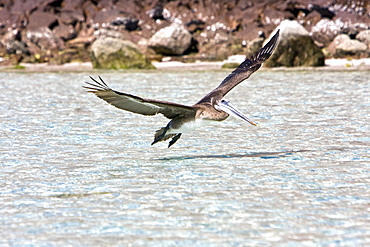
Juvenile brown pelican (Pelecanus occidentalis) in the lower Gulf of California (Sea of Cortez), Mexico. Note the uniform drab brown coloration of the juvenile plumage.
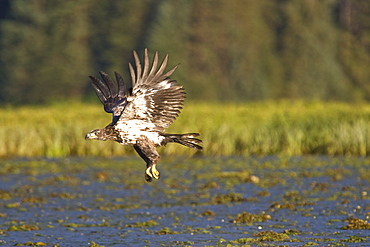
A juvenile bald eagle (Haliaeetus leucocephalus) scavenging a salmon carcass in Windham Bay on the Alaskan coast in Southeast Alaska, USA

Gentoo penguin (Pygoscelis papua) parent feeding downy chick on Jougla Point, Wiencke Island, near the Antarctic Peninsula.
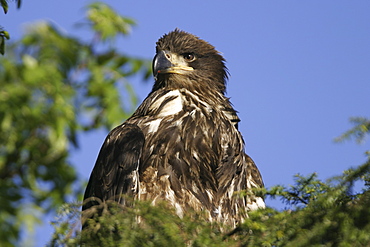
Juvenile bald eagle (Haliaeetus leucocephalus) in tree just outside Petersburg, Southeast Alaska, USA.
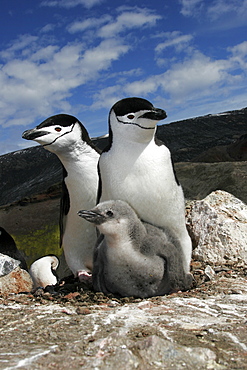
Chinstrap penguin (Pygoscelis antarctica) parents with chick high on the caldera rim on Deception Island, Antarctica.
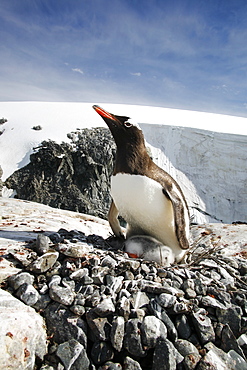
Gentoo penguin (Pygoscelis papua) parent with downy chick on Petermann Island, near the Antarctic Peninsula.
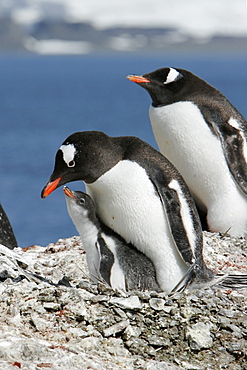
Gentoo penguin (Pygoscelis papua) parent feeding two downy chick in the Aitcho Island Group near the Antarctic Peninsula.
